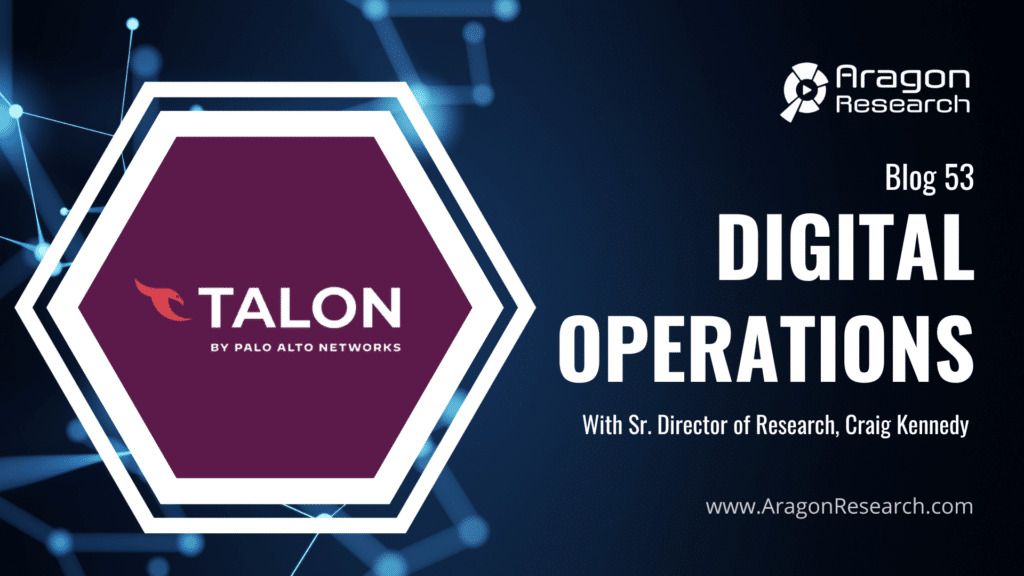Palo Alto Networks Closes on Talon Cyber Security
Earlier today, Palo Alto Networks announced it had completed the acquisition of Talon Cyber Security, an Israeli company that offers secure browsing technology for enterprise customers. The acquisition, initially announced in November and reportedly worth $625 million, will provide Palo Alto Network Prisma customers enhanced security for unmanaged devices.
Securing Unmanaged Devices—Safety from Malware, Phishing, and Data Breaches
Browsers on personal phones, tablets, and laptops are increasingly being used to access corporate assets, and these devices often lack robust security measures, making them a target for cyber threats and a conduit to corporate assets. Talon’s technology provides secure access to web applications, regardless of the device type or location, ensuring that even unmanaged devices can safely access corporate resources. This technology significantly reduces the risk of data breaches by preventing sensitive data from leaving the confines of the browser.
A Secure Alternative to VDI and DaaS
Virtual Desktop Infrastructure (VDI) and Desktop-as-a-Service (DaaS) technologies gained in popularity with the shift towards remote work that involved accessing sensitive data from various devices and locations. These solutions enhanced the privacy and security of sensitive corporate data when accessing from unmanaged devices but came with additional costs, operational complexity, and a poor user experience.
Talon’s technology solves these security concerns by providing secure, browser-based access to applications. This eliminates the need to store sensitive data on the device itself, reducing the risk of data leakage. Furthermore, it allows for consistent security policies to be applied across all devices, whether managed or unmanaged.
Helping to Achieve Zero Trust
In a Zero Trust model, every access request is fully authenticated, authorized, and encrypted before granting access, regardless of the user’s location, device, or network.
By implementing secure browser-based access to applications, Talon’s technology ensures that every access request is thoroughly vetted. This eliminates the implicit trust often associated with internal networks, thereby enhancing overall security. The integration of Talon Cyber Security enterprise browser with Palo Alto Networks’ Secure Access Service Edge (SASE) solution extends protection to personal devices and helps to achieve zero trust, even on unmanaged personal devices.
Bottom Line
The acquisition of Talon Cyber Security will strengthen and enhance Palo Alto Networks Prisma SASE product offering, providing a zero-trust solution for all devices, whether managed or unmanaged.
Get Ready for 2024 with Aragon’s 2023 Q1 Research Agenda!
Wednesday, January 17th, 2024 at 10 AM PT | 1 PM ET
Aragon Research’s 2024 Q1 Research Agenda
Aragon Research provides the strategic insights and advice you need to help your business navigate disruption and outperform your goals. Our research is designed to help you understand the technologies that will impact your business–using a number of trusted research methodologies that have been proven to help organizations like yours get to business outcomes faster.
On Wednesday, January 17th, 2024, join Aragon Research CEO and Lead Analyst, Jim Lundy for a complimentary webinar as they walk you through Aragon’s Q1 2024 research agenda.
This webinar will cover:
- Aragon’s coverage areas, analysts, and services
- Research offered by Aragon, including Visual Research
- The research agenda for Q1 2024
- Sneak peek at what’s coming in Q2 2024
